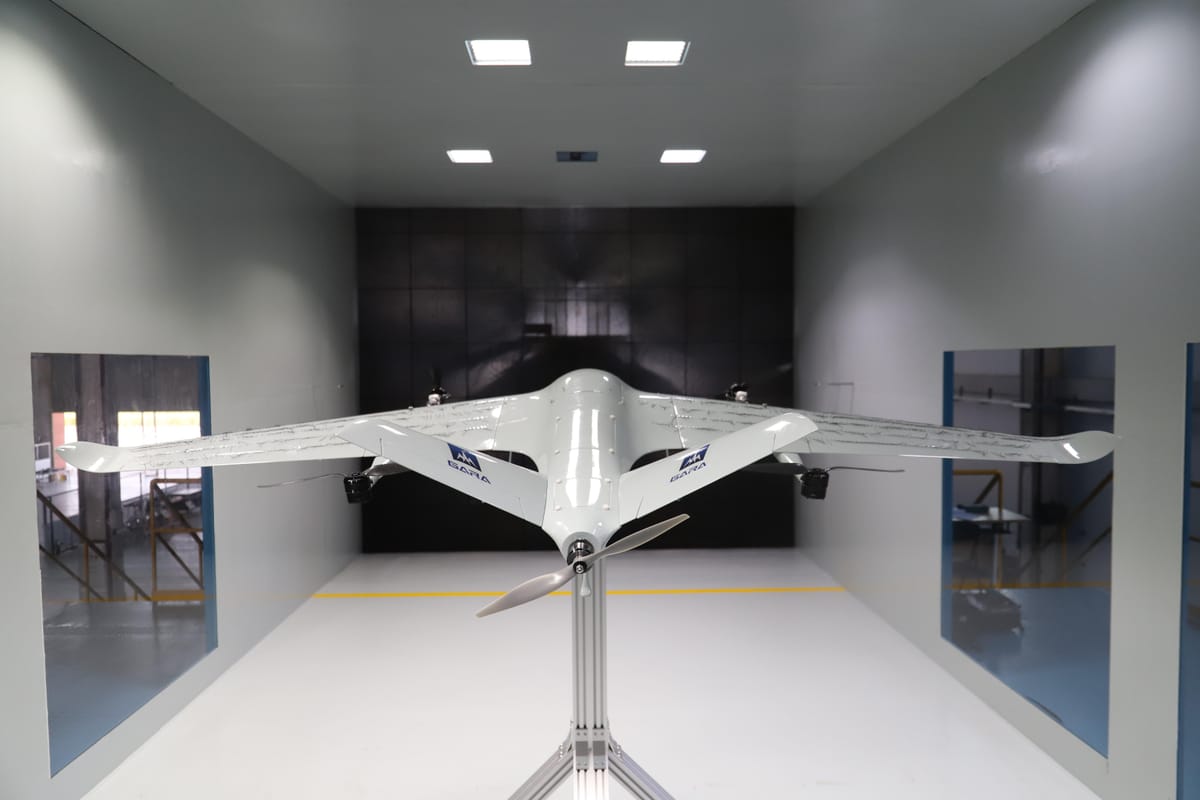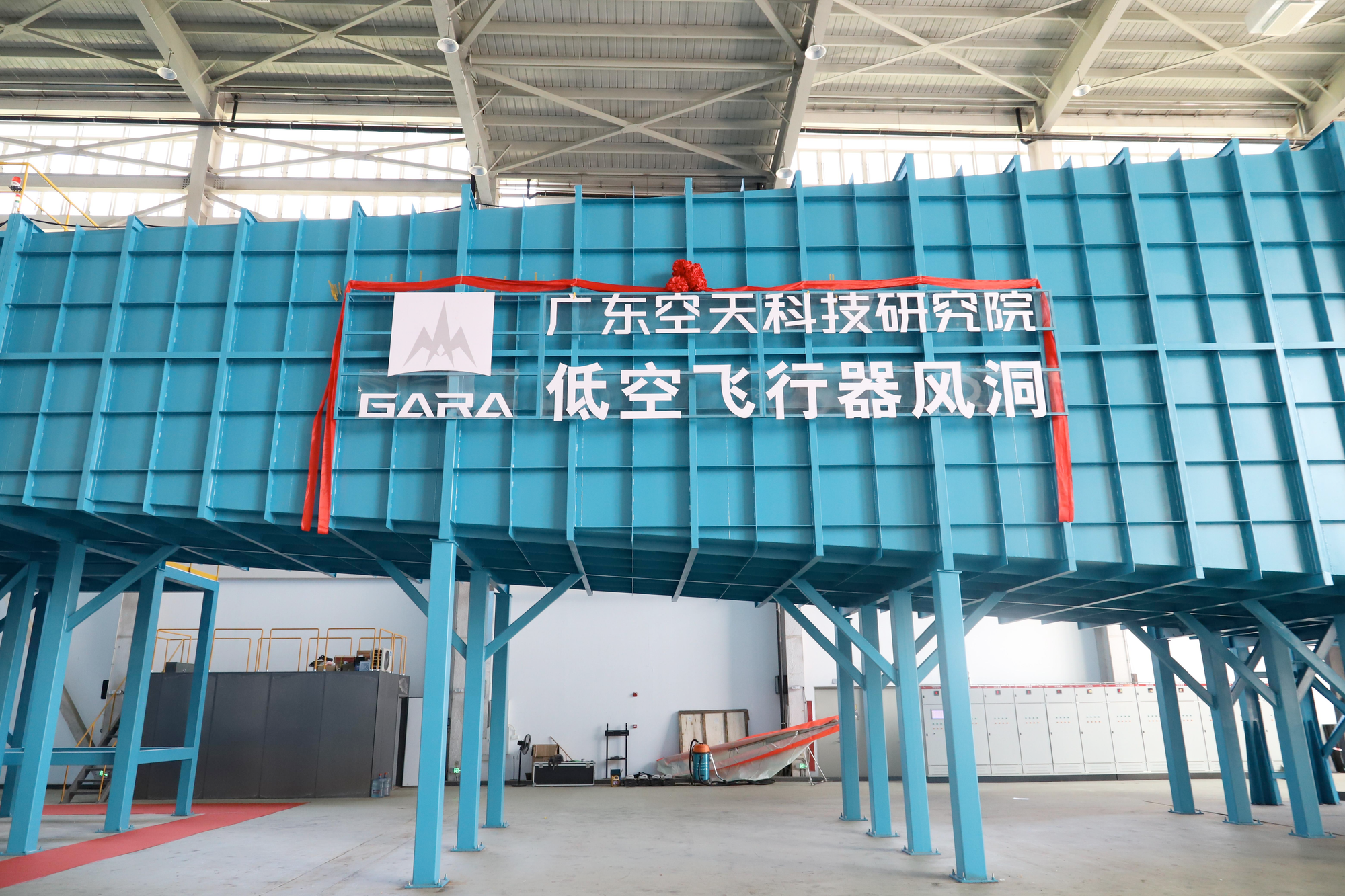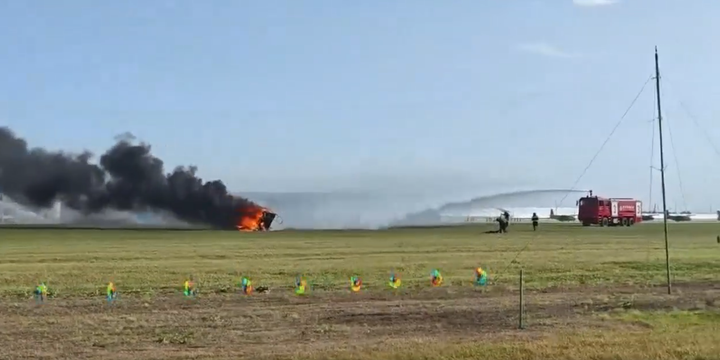China's First Low-Altitude Aircraft Wind Tunnel Opens
China's first low-altitude aircraft wind tunnel officially put into operation.

China's first comprehensive wind tunnel dedicated to aerodynamic research for low-altitude aircraft officially commenced operations today at the Guangdong Aerospace Research Academy (GARA). This facility fills a gap in infrastructure for low-altitude aircraft, bridging the divide between laboratory research and real-world scenario validation, and marks a breakthrough in the development of foundational scientific research platforms for the low-altitude economy in the Guangdong-Hong Kong-Macao Greater Bay Area.
The "Bay Area No. 1" test site, as it's known, is poised to revolutionise the testing and development of low-altitude flying vehicles. Wind tunnels, which create controlled airflow, are essential for systematic testing of aircraft. Compared to outdoor testing, wind tunnel tests offer advantages in shorter testing cycles and reduced costs.
"By fixing the aircraft in place and generating airflow, the wind tunnel simulates relative motion, allowing for precise measurement of various technical parameters of the aircraft during flight," explained Sun Liangbao, head of wind tunnel technology at GARA. He added that the wind tunnel's core mission will be to comprehensively validate the wind resistance and safety of these aircraft.

This newly inaugurated wind tunnel is the first 4.5-meter class facility in China specifically designed for aerodynamic characteristic research and testing of low-altitude aircraft. It integrates traditional aviation wind tunnel technology with drone wind wall testing systems. Its services will support innovation in low-altitude aircraft design, research into reliability and safety technologies, and the establishment of detection and testing standards. Furthermore, it will facilitate research and validation of unique aerodynamic challenges faced by low-altitude aircraft in complex urban flight environments.
The operationalisation of this wind tunnel will provide efficient and convenient "at-home" testing services for low-altitude aircraft R&D companies. The entire process, from coordination to experiment completion, is expected to take only three to four months, reducing R&D costs and accelerating the transformation of technological breakthroughs into commercial applications.
Co-launched today is the All-Space Unmanned System Integrated Test Site, comprising both a physical and a digital test field. The physical test field spans 33 square kilometres of airspace and includes a vertical take-off and landing pad, a taxiway, a 5G-A integrated sensing and communication network, and wind measurement radar. The digital test field encompasses a collaborative design platform, a supercomputing centre, a digital twin centre, and an all-space unmanned system management and service platform.
GARA, leveraging its low-altitude aircraft wind tunnel, the All-Space Unmanned System Integrated Test Site, and other public technology service platforms, will offer a range of services. These include product quality improvement, technical indicator testing and validation, application scenario development, and industry cultivation for drone manufacturers, research institutes, and government regulatory bodies. Currently, GARA has already received testing requests from over 10 organisations, including Shenzhen Customs, Xpeng AeroHT, and CVC Testing.
GARA plans to establish a data sharing platform for "Bay Area No. 1" aircraft wind tunnel test data, advocating for data openness and promoting technical exchange to overcome technological challenges. It will also collaborate with low-altitude aircraft R&D institutions, universities, and enterprises to continuously tackle key low-altitude aircraft technologies and jointly build a standardised system for low-altitude aircraft wind tunnel testing.
Guangzhou City has placed emphasis on the development of the low-altitude economy industry. The city has issued the "Opinions on Accelerating the Construction of the '12218' Modern Industrial System," listing the low-altitude economy and aerospace industry as one of its five strategic leading industries, aiming to build a world-leading hub for low-altitude economic technology and industry. The Guangzhou Municipal Science and Technology Bureau, focusing on core industry needs and development frontiers, has proactively laid out research infrastructure for the low-altitude economy, supporting GARA's construction of the low-altitude aircraft wind tunnel to provide crucial support for low-altitude aircraft R&D and safe operation.
Source: STdaily


